
Intermodal Transport
Intermodal freight terminals are the points within the land based supply chain where non bulk freight, mainly containers are transferred between different modes of transport: rail, road, sea and air. Intermodal terminals play a key role in permitting the most appropriate mode of transport to be used for different elements of the transport task, combining the flexibility of road operations with the linehaul efficiency of rail transport and the ability of sea transport to extend the transport chain beyond the geographical limits of the Australian continent. The participants in the intermodal supply chain includes rail transport providers, road transport providers, terminal operators both import/export and domestic, and shipping lines.
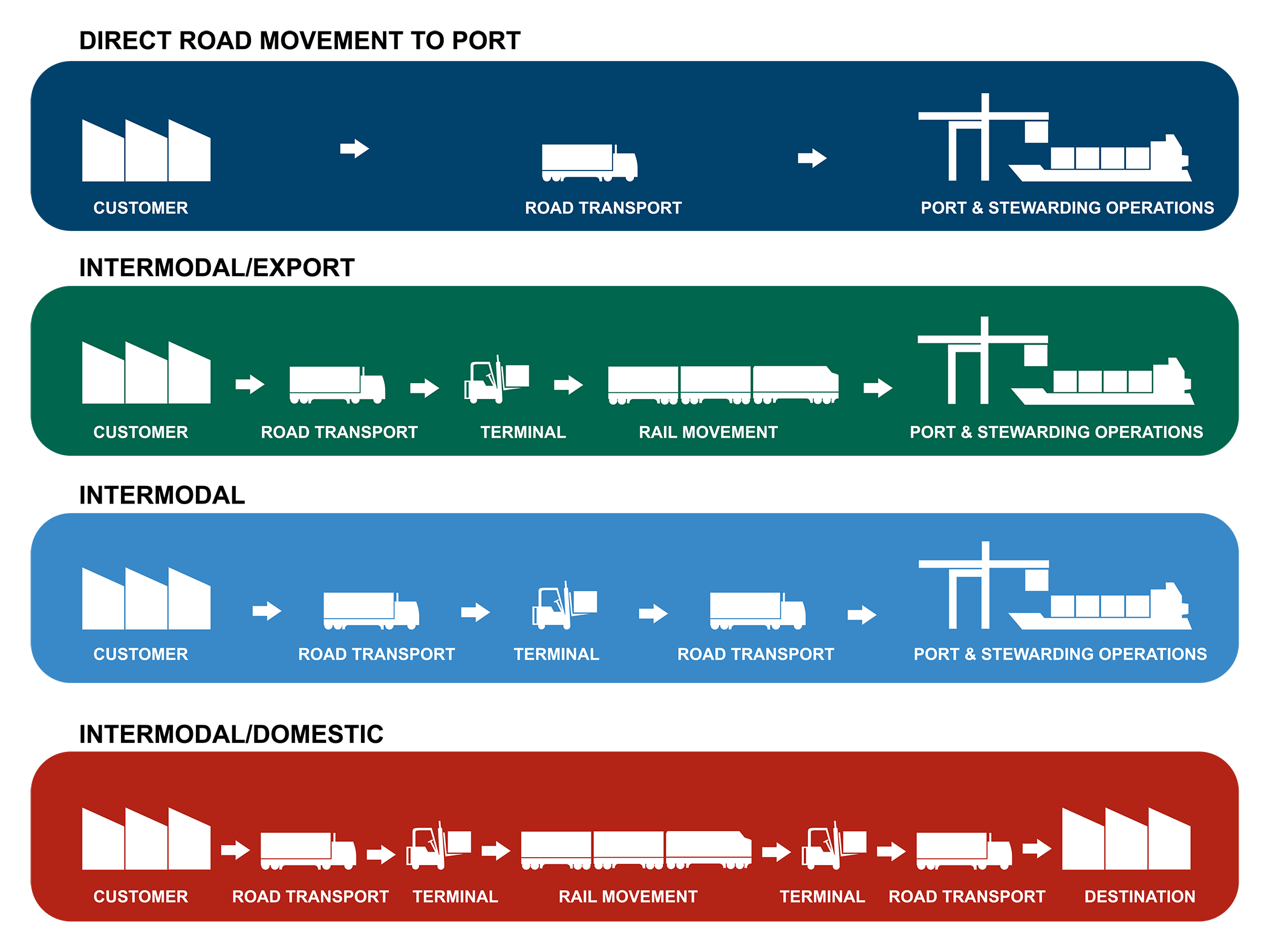
The differences between terminals arise from the nature and volumes of the freight that passes through the terminal, how the freight is handled and the extent of value adding activities that take place while the freight is within the intermodal terminal.
The Australian intermodal sector consists of three distinct subsystems:
- The port orientated system – This is a subsystem that primarily serves international imports and exports.
- The national system – This is a subsystem that is concerned primarily with the interstate movement of non bulk cargoes.
- The intra state system – This is a subsystem that primarily serves intra state movement of freight
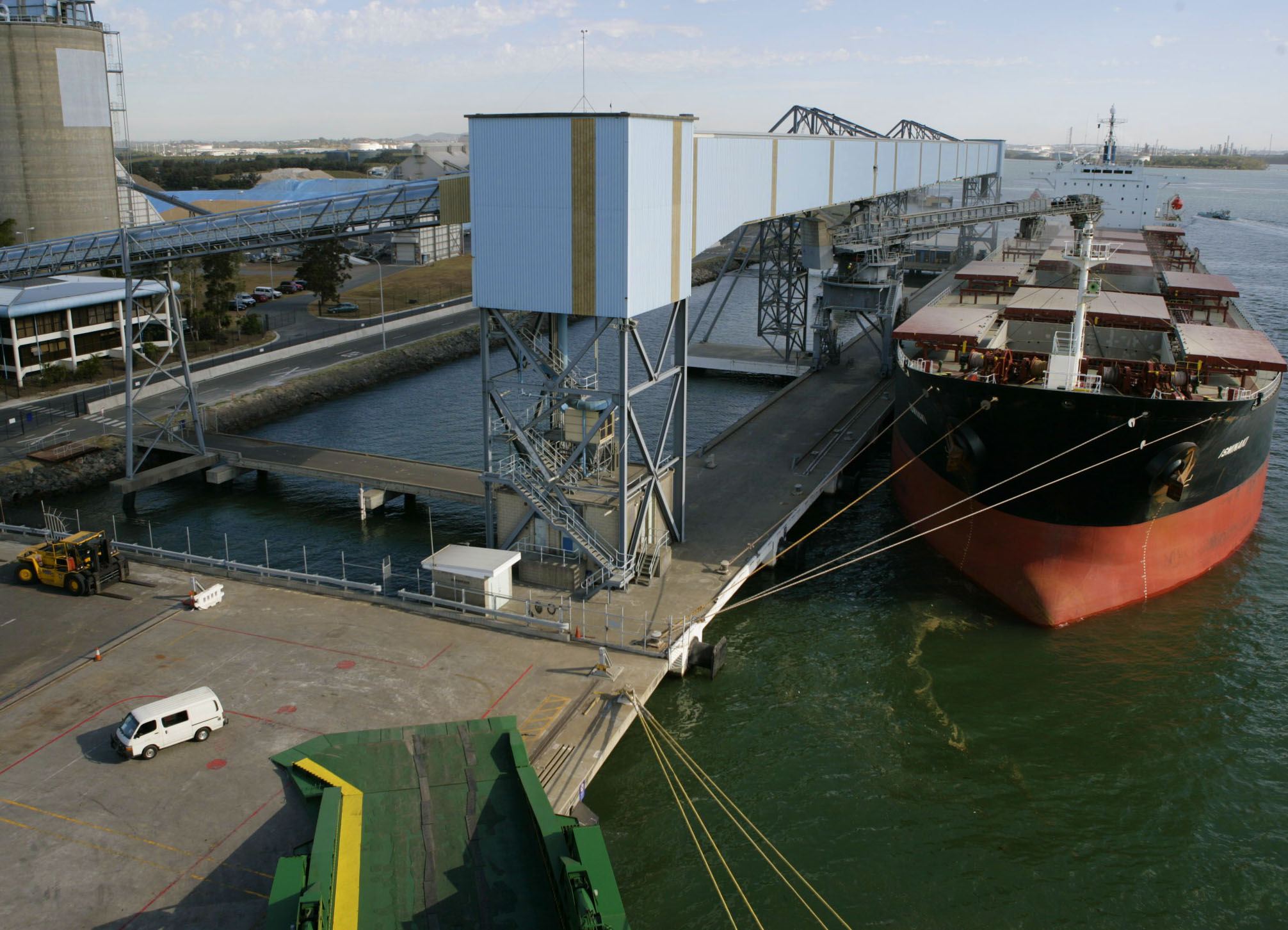
Latest Intermodal News
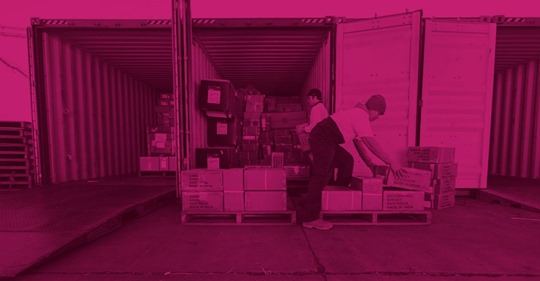
Transport and Logistics Industry Reference Committee – Australian Industry Standards
Up-skilling existing and training the new. The Transport and Logistics Industry Reference Committee has been assigned responsibility for the TLI Transport and Logistics Training Package components relating to Road Transport, Logistics, Warehousing and...
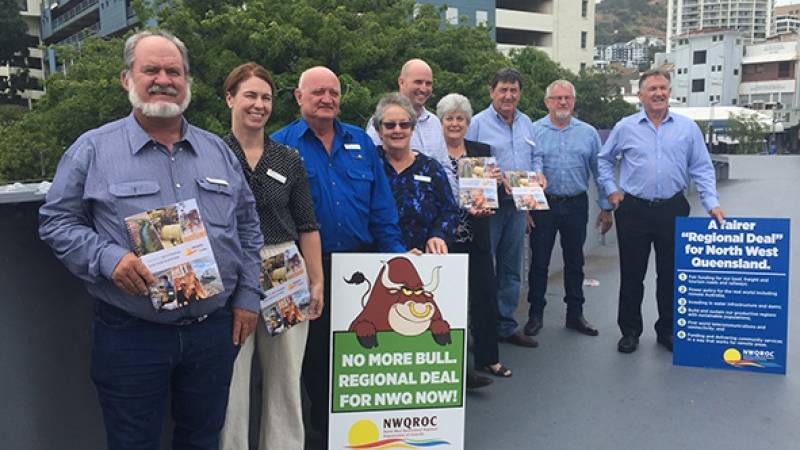
North West mayors welcome new funding for the region
The Queensland Government is putting $14.5 million over four years into upgrading and sealing roads around the Mount Isa to Townsville corridor, creating 13,500 jobs in the process. The investment is a combination of existing Beef Roads (federal government...
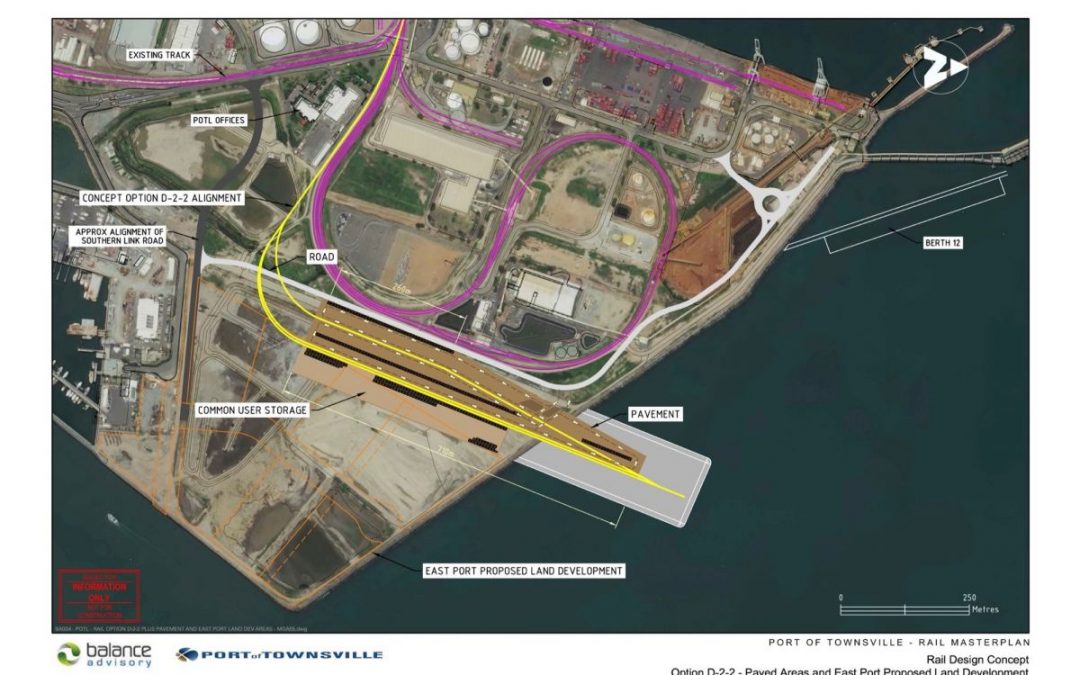
Townsville’s ‘Pit to Port’ rail freight initiatives
Townsville is on a growth trajectory. The Port of Townsville welcomed the State Government budget announcement of $30 million towards a new $48 million common-user rail freight terminal at the port. As part of the 'Pit to Port' solutions, the terminal is...
